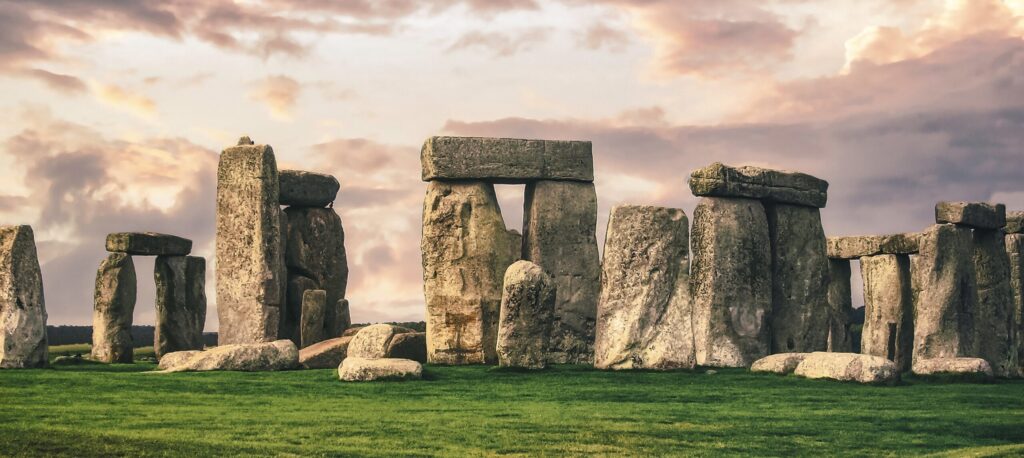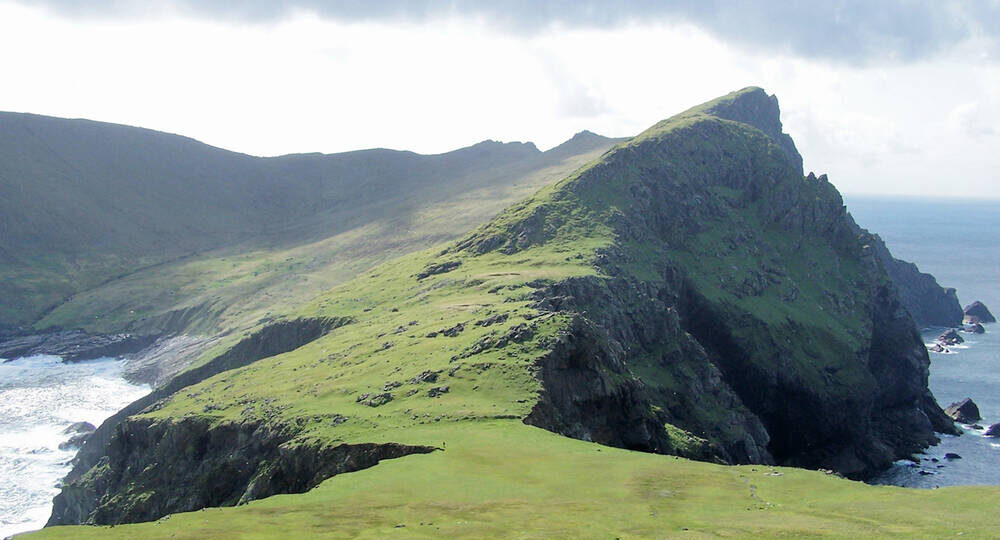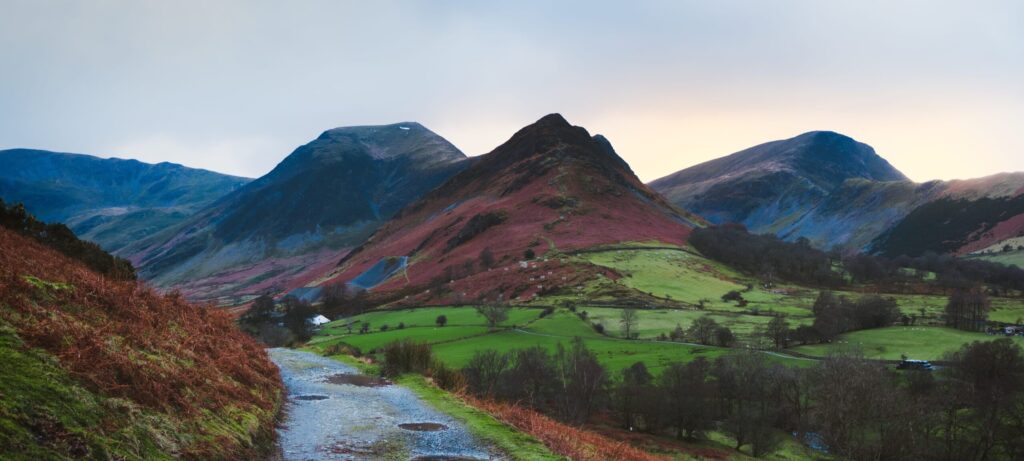World Heritage
“Since wars begin in the minds of men, it is in the minds of men that the defences of peace must be constructed.” (UNESCO's motto)
What is World Heritage and why is it important?
Heritage is the planet’s legacy from the past, what is lived with today, and what is passed on to future generations. Its cultural and natural heritage are both irreplaceable sources of life and inspiration.
World Heritage is a means to promote peace and cooperation amongst countries as World Heritage belongs to all the peoples of the world, irrespective of the territory on which they are located.
Simply put, World Heritage Sites are so globally special and unique that they are worthy of protecting and celebrating.
Who are the United Nations and UNESCO?

The United Nations (UN) is an intergovernmental organisation established after World War II to:
1) maintain international peace and security
2) develop friendly relations among nations
3) achieve international cooperation
4) be a centre for harmonising the actions of nations
Created, adopted and started during 1945, the UN’s aim is the prevention of war, and its objectives include maintaining international peace and security, protecting human rights, delivering humanitarian aid, promoting sustainable development, and upholding international law. At its beginnings, it had 51 member states; now membership is 193, representing almost all of the world’s sovereign states. The United Nations Educational, Scientific and Cultural Organisation (UNESCO) is a specialised agency of the UN, promoting world peace and security through international cooperation in the fields of education, arts, sciences, and culture. It seeks to encourage the identification, protection and preservation of cultural and natural heritage around the world considered to be of outstanding value to humanity. This is embodied in an international treaty called The Convention concerning the Protection of the World Cultural and Natural Heritage, adopted by UNESCO in 1972.
What are the World Heritage Convention and World Heritage List?
It was the building of the Aswan High Dam in Egypt in the early 1960s that was the catalyst for World Heritage. The dam’s development would have meant the loss by flooding of ancient Egyptian temple Abu Simbel. International concern led to UNESCO launching a global campaign to save these monuments and they managed to raise ~$80m from 50 UN members. These funds enabled the temple to be dismantled and rebuilt away from the reservoir’s rising waters. As a result of this action, more globally important heritage treasures were saved including Venice and Indonesia’s Borobudur.
In 1965 at a conference in the United States of America, it was suggested that combining cultural and natural conservation would strengthen international cooperation in protecting these treasures. This was supported by the International Council on Monuments and Sites (ICOMOS) and the International Union for Conservation of Nature (IUCN) and in 1972, a proposal was agreed – The Convention concerning the Protection of World Cultural and Natural Heritage.
The most significant feature of the World Heritage Convention is that it links together in a single document the concepts of nature conservation and the preservation of cultural properties. The Convention recognises the way in which people interact with nature, and the fundamental need to preserve the balance between the two. Countries which signed the Convention, and pledged to protect their natural and cultural heritage, and can submit nominations for recognition as World Heritage Sites (WHS).
In 1978 the first 12 World Heritage Sites were inscribed, onto the World Heritage List. Included in this first batch were Yellowstone National Park, the Historic Centre of Kraków, and the Galápagos Islands.
There are four categories of World Heritage Site – Natural, Cultural, Mixed and Cultural Landscape – with the World Heritage List currently exceeding 1200.
Natural – there are over 230 natural Sites worldwide; like the Great Barrier Reef, the Central Amazon Basin, the Great Smoky Mountains, and in the UK, the Jurassic Coast and Giant’s Causeway.

Cultural – there are 952 cultural WHSs worldwide including famous icons such as the Pyramids of Giza and the Taj Mahal, and in the UK Stonehenge & Avebury and Hadrian’s Wall (as part of the Frontiers of the Roman Empire).

Mixed – these are Sites have both natural and cultural heritage, and examples include the Tasmanian Wilderness, Machu Picchu and Mont Perdu. The UK’s only mixed WHS is St. Kilda, one of Europe’s largest seabird sanctuaries and evidence of over 4,000 years of human occupation. There are currently only 40 mixed WHSs.

Cultural Landscapes – the newest category of WHSs introduced in 1992, cultural landscapes represent the combined works of nature and humanity. They demonstrate the evolution of people and settlement over time, under the influence of their physical and natural environment. Out of the 952 cultural WHSs, 121 are cultural landscapes. The UK’s English Lakes District is one such WHS.

The UK has 35 WHSs (as of 2024), across all 4 home nations and in 4 overseas territories. The UK’s most recent WHSs are the Flow Country and Gracehill (as part of the transnational Moravian Church Settlements).
Who is the World Heritage Committee and what is the World Heritage Centre?
The World Heritage programme needs managing. This is done through the World Heritage Committee. The Committee is responsible for the implementation of the World Heritage Convention. It has the final say on whether a nominated Site is inscribed to the World Heritage List, or not. Or it may decide that further thinking and work is required by a nominated Site and will defer their decision until that nomination is more robust.
Those countries, or State Parties, that have World Heritage Sites, report to the Committee on the state of conservation of their Sites. If the Committee believes that a Site is not being managed correctly, it will ask the State Party to take appropriate actions. If poor management continues, the Committee may decide to add these Sites to the List of World Heritage in Danger. In extreme cases, a Site may even be taken off the List (delisted). This has only happened three times. Being on the In Danger List is often a call for help and may be due to war or natural disaster impacting a WHS. The Committee’s decision to do this is often a catalyst for State Party and international partner action to address and respond to those challenges faced. Corrective measures put in place can and do result in a Site being removed from the List of World Heritage in Danger.
The World Heritage Committee comprises representatives from 21 State Parties that are elected by the General Assembly of States Parties for a four-year term. The Committee meets every year to review and comment on existing WHSs and to assess new applications. They inscribe around 20 new WHSs each year.
The World Heritage Centre is UNESCO’s head office and is in Paris. Many State Parties have UNESCO representation at home. The UK National Commission supports the UK’s contribution to UNESCO and brings the benefits of UNESCO to the UK. They are the central hub for all UNESCO-related matters within the UK.
How are World Heritage Sites nominated?
The nomination and inscription process can take many years. Each State Party should create a shortlist of important natural and cultural heritage sites that they believe warrant World Heritage status over the coming 5 – 10 years. This list is the Tentative List and is provided to the World Heritage Committee and updated as required. Once a State Party wants one of its Tentative List sites to be considered by the Committee. The site needs a nomination file. In essence this is the evidence that the site is globally important and worthy of WH status. Nomination files take a long time to research, consult upon, and compile. The English Lake District’s nomination file was 20cms high and was supported by a crate of accompanying documents!
Once a nomination file is completed, it is submitted to the World Heritage Centre. They in turn send their expert advisory body (or bodies) to independently assess and evaluate the nomination. The advisory bodies are the International Council on Monuments and Sites (ICOMOS), the International Union for Conservation of Nature (IUCN) and the International Centre for the Study of the Preservation and Restoration of Cultural Property (ICCROM). These bodies submit their evaluations and recommendations to the Committee. The Committee then decide to inscribe, defer or reject nominations at their annual meeting.
How does a State Party assess whether a potential WHS is worthy of this accolade? UNESCO have ten criteria against which prospective WHSs are judged. If a prospective Site meets a number of these (at least one), they may be considered. If the advisory bodies agree that a nominated site meets some of UNESCO’s criteria, the prospective site is then deemed to have Outstanding Universal Value or OUV. The official definition is: “Outstanding Universal Value (OUV) means cultural and/or natural significance which is so exceptional as to ‘transcend national boundaries and to be of common importance for present and future generations of all humanity”. These criteria can be found in the Operational Guidelines for the Implementation of the World Heritage Convention.
It is not only Outstanding Universal Value that a potential WHS site must demonstrate. A site’s OUV must also be authentic and have integrity, and there must be in place suitable management to conserve and protect the site’s OUV. The ongoing managing, monitoring, preserving and reporting is all part and parcel of being a World Heritage Site. Regular State of Conservation reports by Sites and five-yearly Periodic Reports by the State Party are submitted to the Committee.
Becoming and being a World Heritage Site is not for the faint of heart and comes with no guaranteed funds.
For details on the first steps to becoming a World Heritage Site, please go to the News article UK’s World Heritage Site Tentative List and click here for Guidance for developing a World Heritage Site Tentative List.
World Heritage in the UK
Click here for Historic England’s World Heritage web page.
Click here for Historic England’s guidance for World Heritage.
Click here for HE’s guidance on Nomination, Inscription, Protection and Management.
